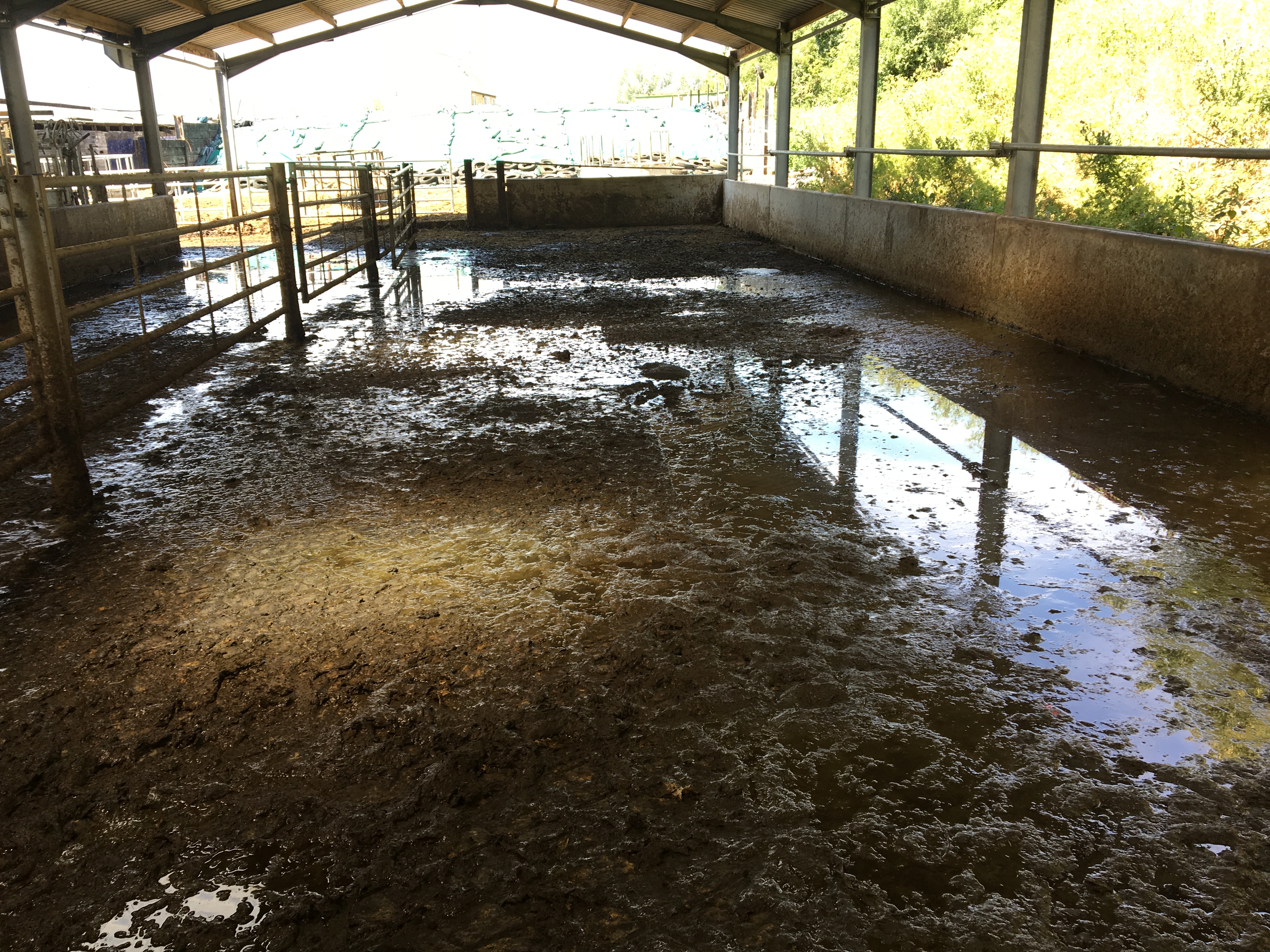- Home
- Knowledge library
- Reducing cattle housing periods and frequently removing manure to reduce ammonia emissions
Reducing cattle housing periods and frequently removing manure to reduce ammonia emissions
Ammonia (NH3) emission reduction can be achieved by increasing the proportion of the year that cattle spend grazing outdoors. Find out how to put this into practice.
Reducing the housing period
An average of only 6% of the TAN (ammonia nitrogen content) from the manure produced when the cows are out grazing is emitted to the atmosphere as ammonia, according to Defra’s ammonia inventory. This is significantly less compared with the UK average for slurry-based housed systems which is estimated to emit 27.7% of the TAN. This figure is an average but can vary significantly depending on factors such as housing design and the frequency of scraping. Additional emissions are produced later in the slurry management cycle during storage and spreading, which does not occur when cattle are grazed.
Increasing grazing
The potential to increase grazing is often limited by soil type, topography, farm size and structure, climatic conditions, etc. Grazing animals may increase other forms of N pollution (e.g. nitrate leaching and N2O emissions.)
Changing from a fully housed period to grazing for part of the day is less effective in reducing NH3 emissions than switching to complete (24-hour) grazing since buildings and stores remain dirty and continue to emit NH3.
Frequent manure removal
Passages, collecting yards and loafing areas become fouled with excreta and are potential areas for ammonia volatilisation.
Hydrolysis of the urea in slurry, which is the process that converts urease into ammonia, occurs when urine and faeces are mixed. Dai and Karring (2014) showed that within approximately 20 hours after urine and faeces are mixed, most of the urine-derived urea is typically converted into ammonia. The rate of volatilisation is dependent on ambient temperature and air exchange rates immediately above the surface.
The process of hydrolysis is increased at higher temperatures. Elzing & Monteny (1997) showed that all urea in urine applied on a fouled slatted floor element was converted within approximately two hours at temperatures of 10°C or higher.
Emission rates and frequency of cleaning
There is a wide variation in emission rates, which are dependent on temperature and airspeed. Histrov et al. (2009), compiled ammonia emission rates ranging from 0.82 to 250 g/cow/day (mean = 59 g/cow/day).
Frequent cleaning of passages and yards will reduce the exposure of the slurry to the air and so reduce ammonia emissions. Studies have shown that increasing scraping from once a day to four times a day can reduce ammonia emissions by up to 20% by reducing the volume of slurry exposed to the air.
Unscraped yards, such as the one depicted below, are high-risk ammonia emitters.

There are several methods that can be used to move slurry to minimise its exposure to the air, such as scrapers, washing techniques and floor construction.

